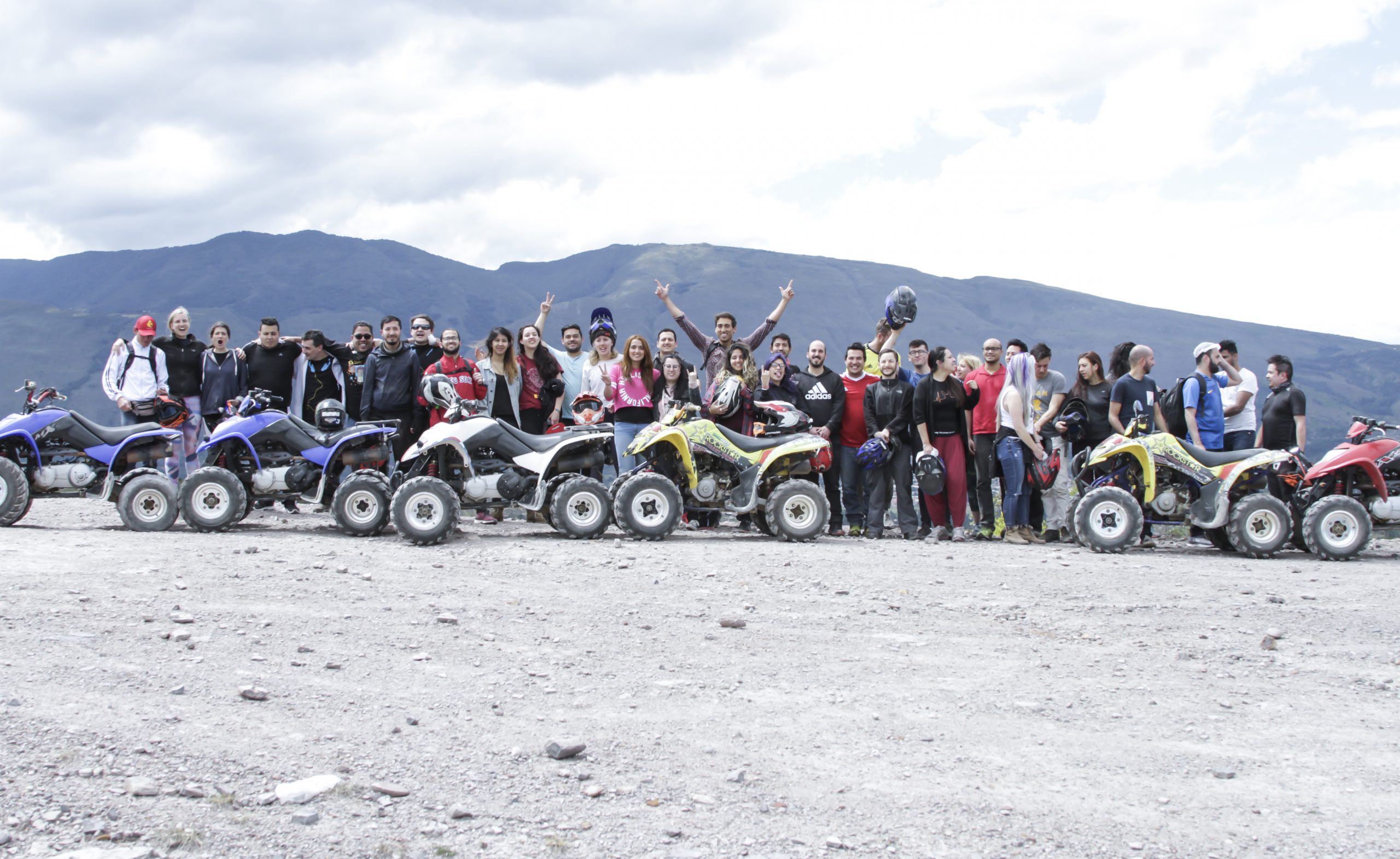Companies with remote teams enjoy a 25% reduction in staff turnover, but that doesn’t make the policy a perfect wonderland. Flexibility is an odd pursuit. Like a dam, it can only hold water if it has structure.
At its best, working remote will flood your workforce with productivity and annihilate your turnover rate, but to enjoy those benefits, you need to overcome a few challenges. Work morale is a virus that spreads through contact, and with no water-cooler-comradery and open-door policies, the contagion can lose its power. We asked our remote team leaders to share the tricks they use to avoid burnout. This is what they said.
-1) Use a Mentorship Model
Remote work relies on an entirely different skill-set than traditional work policies. The world has been stuck in an office rut for centuries, so few of us have learned how to stay disciplined, sane, and structured when working from home. That’s why our senior content manager, Sebastian Moncada, fosters a culture of openness. He works with creative teams, so every sliver of burnout is visible through their content. By creating a safe space for discussion, he can mentor them through the challenges they face. When team members feel free to ask for what they need, they’re equipped to stay sane and healthy.

-2) Encourage Time Off
A Sagepub study unearthed a paradox that most remote team leaders will have noticed: Telecommuters see their freedom as social exchange and pay it back by driving themselves into the ground. Without a foot on the brakes, their intensified workloads inevitably lead to burnout. Gratitude won’t have that effect, but indebted servitude will so check in with your team to make sure they’re recharging. Sometimes the most productive thing a remote worker can do is stop.

-3) Create Work Schedules Ahead of the Weekend
If anyone understands the importance of work schedules, it’s our head of operations, Juanita Casas. She creates scheduling discipline by planning the coming week on Thursdays. It’s a simple habit, but it has a magical side-effect on mental health. When Juanita’s team has planned ahead of the weekend break, they put all their energy into relaxation. She keeps a similar quarterly structure so that her team leaves the past where it belongs: in the past. Remote work has a way of leaking into recreation time, so even when staff isn’t working, they’re engaging in work-related stress. Burnout is always quick to follow, so structure is powerful. Planning five days ahead reduces brain churn as well as the cognitive load that would otherwise arrive on those dreaded Mondays.
-4) Trust Your Team’s Schedules
The remote technology industry is awash with new tools. They’ll count your staff’s keystrokes, take screenshots of their desktops, and blacklist social media during work hours. The disciplinarians of the remote landscape have created a dictatorship, but it’s not as effective as you might think. Some things need to be loosely held like water in your palm. Our head of operations sees discipline as a two-way agreement, so she respects her staff’s work schedules. They’re the experts on their own work process, after all. When you encourage team member autonomy, you bring out their finest skills. That, in turn, leads to a sense of purpose—the very thing that prevents burnout.

-5) Foster Connection
Industry after industry has studied the effects of isolation and found that loneliness and burnout are intricately linked. Isolation is the biggest challenge that remote workers face. People are social creatures. The isolation of telecommuting can be corrosive. Fortunately, the digital age has created a plethora of tools for remote connection, but without an open-door policy, even the most innovative communications technology is useless. Should you add Slack, Zoom, and Hubstaff to your work habits? Of course, but they’ll achieve little if you’re not giving your teams the space to ask for support. Our head of pro-management, Angela Serrano, adds a five-minute venting space to her weekly meetings. It encourages mutual support, and there’s no better ingredient for corporate culture.
Water-cooler-time is important. You can recreate it by separating your remote workers into teams. Virtual coffee channels and collaborative apps will recreate all the benefits of a traditional office with none of the disadvantages. At Bunny Studio we encourage team members to have weekly coffee breaks with their peers. In addition, every two weeks a team member is a designated Bunny Ambassador where they are responsible for triggering questions in Slack and organizing mini-events. It encourages mutual support, and there’s no better ingredient for corporate culture.
-6) Format Your Meetings
Mentorship and connection don’t always bring us efficacy, so Sebastian Moncada, our Seo & Content leader, has tightened up his discussion format. Some old-fashioned business tools are as relevant today as they’ve always been, and structure is one of them. Set an agenda for remote meetings and boundaries on each talking point. This will keep your discussions purposeful.

-7) Teach Better Tools
When you work from home, nobody pops their head into your office to invite you to an office lunch. Nobody calls team meetings or listens to your creative angst in-between tea breaks. Every worker is on their own, juggling work pressures without feedback. Our teams need to find new ways to organize their workdays and vary their tasks. They must learn a new way to work. That requires an entire skill-set, and it’s up to our leaders to provide it.
One way of doing it is by setting clear expectations with regard to communication structures and expectations. For more information about this, go ahead and check out other articles in our blog where we discuss How to Work Remotely.
-8) Share Measurable Goals:
Fulfillment is the antonym of burnout, so Andrew Scivally recommends staff recognition programs and personal development opportunities. Scivally is the CEO of the location independent business, eLearning Brothers. He’s become a thought leader and a frequent flier in Forbes magazine, so this is a hill he’s died on several times. He puts a shared vision at the top of his priority lists. Think of your company goals as a map. In a location-dependent universe, you could try to micromanage it one direction at a time. That’s not possible with remote teams. It was never all that effective anyway. In a sense, remote work turns every team member into a leader. Direction governs their efficacy, so you have to find new ways to provide it. If your team doesn’t know where they’re going or how to get there, there will be stasis, so give them access to your analytics. Be specific about your daily progress. Align your vision with your team’s personal goals.

Remote work has revolutionized the way leaders think of their businesses, and remote teams are happy to join them for the ride. Almost 100% of remote workers want to continue to telecommute in the future. That’s an impressive number, but it’s only positive if it’s profitable.









